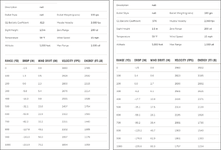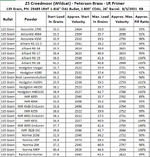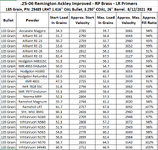I shot at an antelope and after the shot it just stood there. That’s pretty conclusive. Historically before the scope dialers, it’s not like hunters had absolutely no idea if they missed and if they did, in which direction.
I get a kick out of the Texas Plinking or other long range shooting shows on YouTube because even with scopes stronger than 30x, the smallest bush hiding impacts and the shooter is often clueless. One well known shooter has an incredible 80x on his 20 lb rifle and could not see impacts at what was 600ish yards.
I grew up shooting rocks and prairie dogs at long range - we were blessed with an abundance of rocks and dogs - with a 270, 338, 243, 7 mag, and few others, and it wasn’t hard to see where the bullet went - even with recoil. That’s probably a function of the typical Wyoming abundance of dirt and lack of vegetation, but that’s where a lot of game is shot.




